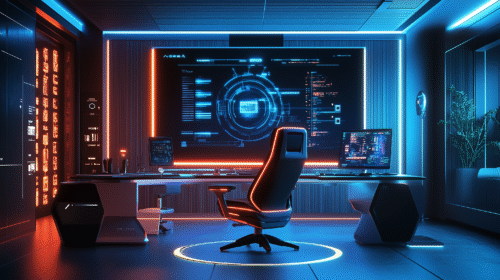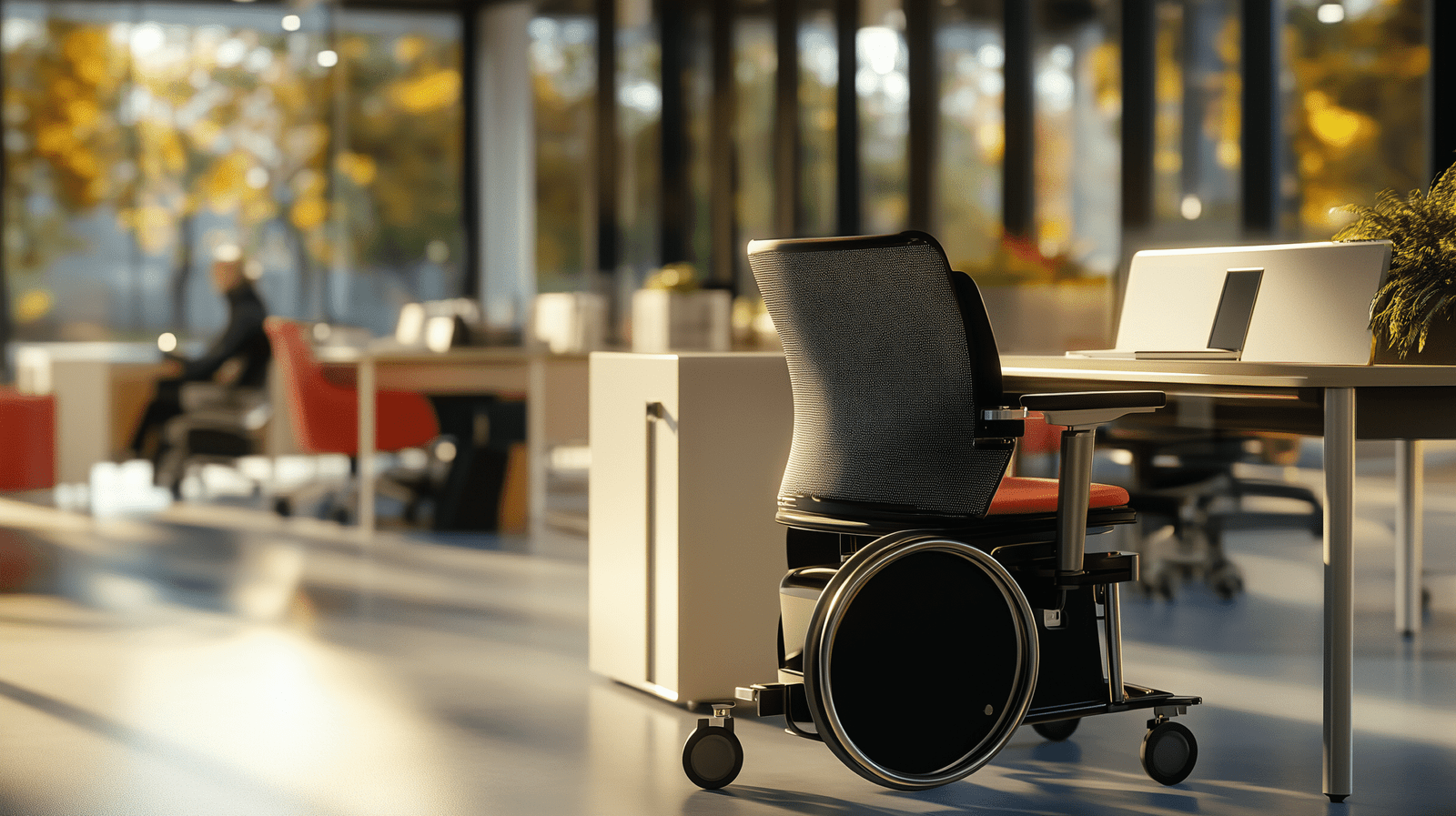
AI integration goes hand in hand with connectivity. Smart furniture is designed to be part of a broader digital ecosystem. Through cloud platforms, mobile apps, or virtual assistants, users can manage settings, receive recommendations, and synchronize their furniture with other devices like smartwatches, laptops, or time management tools.
This connectivity enables, for instance, a desk to automatically raise at the start of a scheduled video call or a chair to adopt a more relaxed posture after several hours of continuous work. AI does not act in isolation, it actively collaborates with the user’s surrounding tech environment.
Manufacturers can also send remote updates to improve furniture performance, add new features, or fix bugs, extending the product’s lifespan and ensuring future compatibility.
The benefits of AI-powered office furniture are not merely technical. Various studies indicate that physical comfort directly correlates with concentration, creativity, and mood. By reducing physical fatigue, cognitive energy is freed for complex tasks, resulting in better performance and fewer errors.
Moreover, smart furniture can promote healthy routines: active breaks, stretching exercises, posture changes, or moments of disconnection. AI acts as an invisible assistant that proactively cares for workers' health.
In the long term, this technology could help reduce absenteeism related to musculoskeletal disorders, stress, or fatigue. It also improves how employees perceive their work environment, which can positively influence motivation and engagement.




